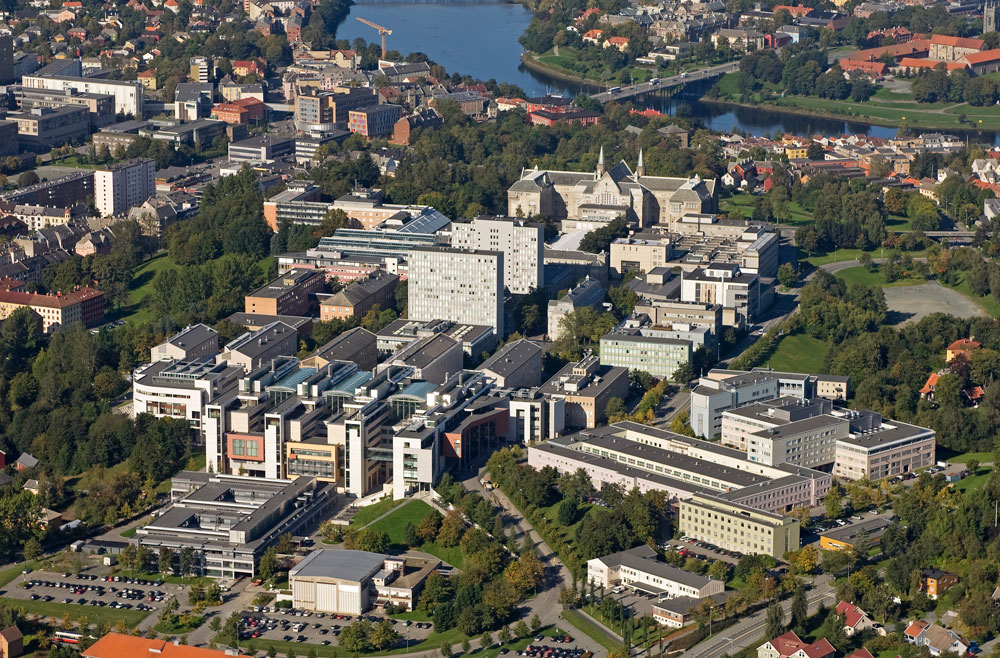Education
FME HighEFF has trained 19 PhDs, 6 postdocs and 12 Associated PhDs (the latter with funding from outside of HighEFF): a total of 37 candidates.
On the gender equality front, 12 of the 37 candidates are women (32.4%). The recruited candidates have worked closely with other researchers at HighEFF; in fact, most of them have been assigned to a specific work package. Unfortunately, 3 PhD candidates (not included in the numbers above) did not complete their studies; 1 chose to pursue other paths, 1 accepted a compelling job offer, and 1 withdrew due to international political circumstances. The remaining funds for these candidates were used to recruit 2 additional postdocs. The Centre has also had more than 75 MSc students with dissertations relevant for HighEFF. These have been supervised by professors and PhDs/postdocs from the Centre.
Our Education programme has also had an ambition to provide technology transfer to energy experts in our industrial partner companies. As part of this, an industrial short course on "Analysis and Design of Industrial Energy Recovery Systems" was organised with participants from end-user partners and researchers from SINTEF and NTNU. The pandemic limited the capability to have more of these courses with other topics.

HighEFF recruited candidates from 15 countries around the world, with approximately one third (11) being Norwegians. We used advertisements in media and master’s courses at NTNU to attract good candidates from Norway. We also worked hard to convince master’s students to continue with a PhD, and 7 responded positively to this. Of the 34 candidates that have finished (3 will finish in 2025), 22 have elected to continue their careers in Norway. This means that HighEFF has resulted in a "net import" of 11 highly skilled researchers for positions within Norway.
HighEFF’s Education programme has been truly international, with 6 international university partners (MIT, Carnegie Mellon University, University of Manchester, Royal Institute of Technology - KTH, Doshisha University and Shanghai JiaoTong University). We have organised professor-pairs between NTNU and 5 of these universities, and this has resulted in researcher exchanges and 29 joint publications; 16 of these with MIT, regarded to be number one in the world in the field of science and technology.
HighEFF has kept track of where our research candidates ended up after completing their theses (PhDs) or contracts (postdocs). Of the 37 candidates, 34 have finished (the remaining 3 will finish in 2025), and the distribution is provided in the table below.
For the 12 candidates that have been employed outside Norway, 4 have ended up in industry, 3 in universities, 2 in research institutes, 2 in consulting companies and 1 at a software company.
Who are HighEFF candidates employed by today?
4
8
2
3
4
13
34
As a proof of excellence and documentation of dissemination for HighEFF's Education programme, the following can be mentioned: The candidates have produced 260 journal publications and have given 174 conference presentations. 15 candidates have produced 9 or more journal papers. The candidates have received 5 Best Paper Awards (1 in a journal and 4 in conferences), 1 Best Student Award, 1 Best Poster Award and 2 Best Presentation Awards. Finally, the candidates have been awarded 7 scholarships, providing them with additional funding covering durations ranging from 3 to 12 months.
